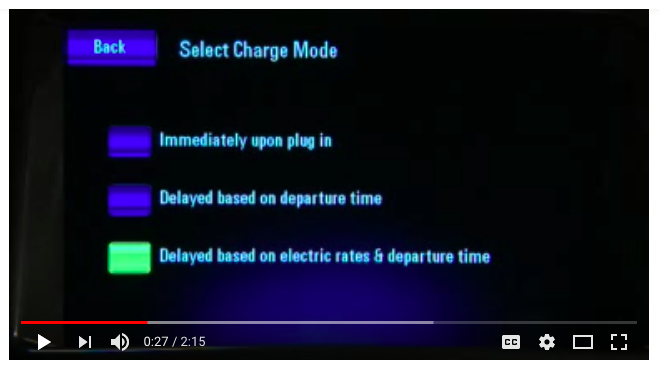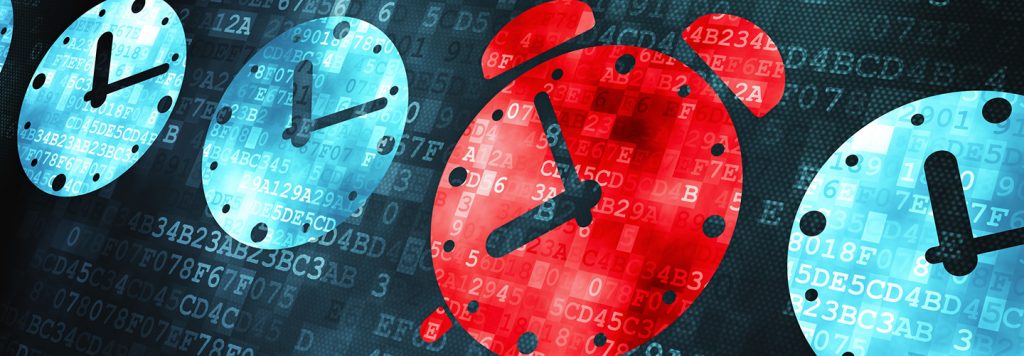In a 2017 research report1, the Edison Institute predicts seven million electric vehicles will be on the road by 2025 in the U.S. While that only adds up to three percent (of the estimated 258 million vehicles expected to be registered in the United States that year), it represents a significant investment in electric vehicle charging infrastructure. Think of it this way, charging one EV can constitute the electric demand of one to three entire households. Suddenly those seven million electric vehicles are looking like 7 to 21 million additional homes on the grid. While this will not break the grid and the risk isn’t for years, utilities like Xcel Energy are planning ahead with advanced and traditional charging options.
An electric balancing act
While this new demand for electric vehicle charging power sounds overwhelming, there’s another side to this story. Because electricity is instantly delivered, the time of day you use electricity plays a considerable part in the actual cost of it. This is good news for EV drivers.
More and more utilities offer time-of-use plans for electric vehicle charging
In a typical 24-hour span, the demand for electricity rises and falls based on our needs and lifestyles. As you can imagine, demand starts around 6 a.m. as households prepare for work, school or other daytime activities. From 2 p.m. to 6 p.m. that demand kicks into high gear when air conditioning may be turned on, and we’re in transition to the evening by cooking and turning on all sorts of devices. By early evening that electricity demand starts to drop. By roughly 11 p.m. it is lights out until the cycle begins again around 6 a.m.
Low demand = Lower prices
A modern grid requires a minimum amount of power to maintain itself. This is known as baseload power. Beyond that baseload level, the fluctuating use mentioned above drives demand. The peak demand times (most notably 2 p.m.- 6 p.m. for Xcel Energy’s grid) require shorter bursts of energy, and it’s more expensive to provide. Since low demand periods are supported by always-on baseload sources, these tend to be supplied by the least expensive sources of electric generation.
Xcel Energy’s Smart Charging Options
With some planning and digital apps, EV drivers can charge when the lowest possible rates are available. Xcel Energy is aligning their pricing time windows to help meet the needs EV drivers. To learn about the specific prices and timeframes for each plan, visit the Residential Pricing Plans page. Below are some general tips on how EV drivers can succeed on each plan.
Xcel Energy’s Time-of-Use Pricing varies by the time of day, with the cheapest rate being overnight between 9 p.m. and 9 a.m., while the most expensive price is between 2 p.m. – 6 p.m.
- If you need to charge during the day, use a start/end or end timer to make sure your charging stops before 2 p.m.
- If you need to charge during the day, use a limited charging feature to get only what you need. Charge your battery to full overnight.
- Use your smartphone app to start the charging just before heading to bed.
Xcel Energy’s Peak Demand Pricing has low kWh (kilowatt per hour) prices but has additional charges when your demand for electricity becomes highest, for example, when using multiple appliances at the same time.
- Use a start/end timer or limited charger feature to schedule shorter charging periods, when you are not using other appliances.
- If you need to charge during the day, or while using other appliances, charge with a Level One 120V (volt) outlet if possible. Level Two 240V (volt) chargers require higher demand.
- Use your smartphone app to stop charging before using other appliances, or start charging when you are sure your demand is low.
Electric vehicle charging functions provide more precise options.
Nearly all new models of electric vehicles include onboard settings for scheduling your charge times. Here are a few of the common timer functions:
Start time settings
This setting allows you to plug in your vehicle, but delay the start of charging until a later time, when electricity prices are lower.
Start/end time settings
This type of setting allows you to be bound both the start and stop time for charging, allowing shorter charging times if desired to fit in with your schedule.
See the 2017 Nissan® Leaf® charging timer video, for example
End time settings
This setting allows you to set the time when you would like the vehicle to be fully charged. Then the onboard computer calculates how many hours ahead of that time it will begin charging, based on existing charge.
See this Chevrolet Volt charging video, for example

Limited charging
This setting allows you to set the maximum amount that the vehicle will charge, and charging will stop when that amount is reached.
See Tesla’s App Walkthrough video, for example.
Smartphone Apps
Nearly all electric vehicles can be paired with their manufacturer’s smartphone app. These may allow you to monitor charging status, start/stop, and sometimes set the schedule itself, while on the go.
Home electric vehicle charging equipment also provides timing options.
If you do not have an electric vehicle model with the ability to schedule charging, consider changing or upgrading your home charging equipment. Multiple manufacturers include scheduled timing features in their home charging equipment, such as the ChargePoint Home or Siemens Versicharge
This equipment includes a smartphone app to control the timer settings.
Learn about EV charging options in Minnesota and Colorado
Rate plans vary by location and are always evolving. Check out these links for more details.
Minnesota electric vehicles
Colorado electric vehicles
If you’re curious about what the future of electric vehicles and oil demand might look like, check out this video from Bloomberg.



